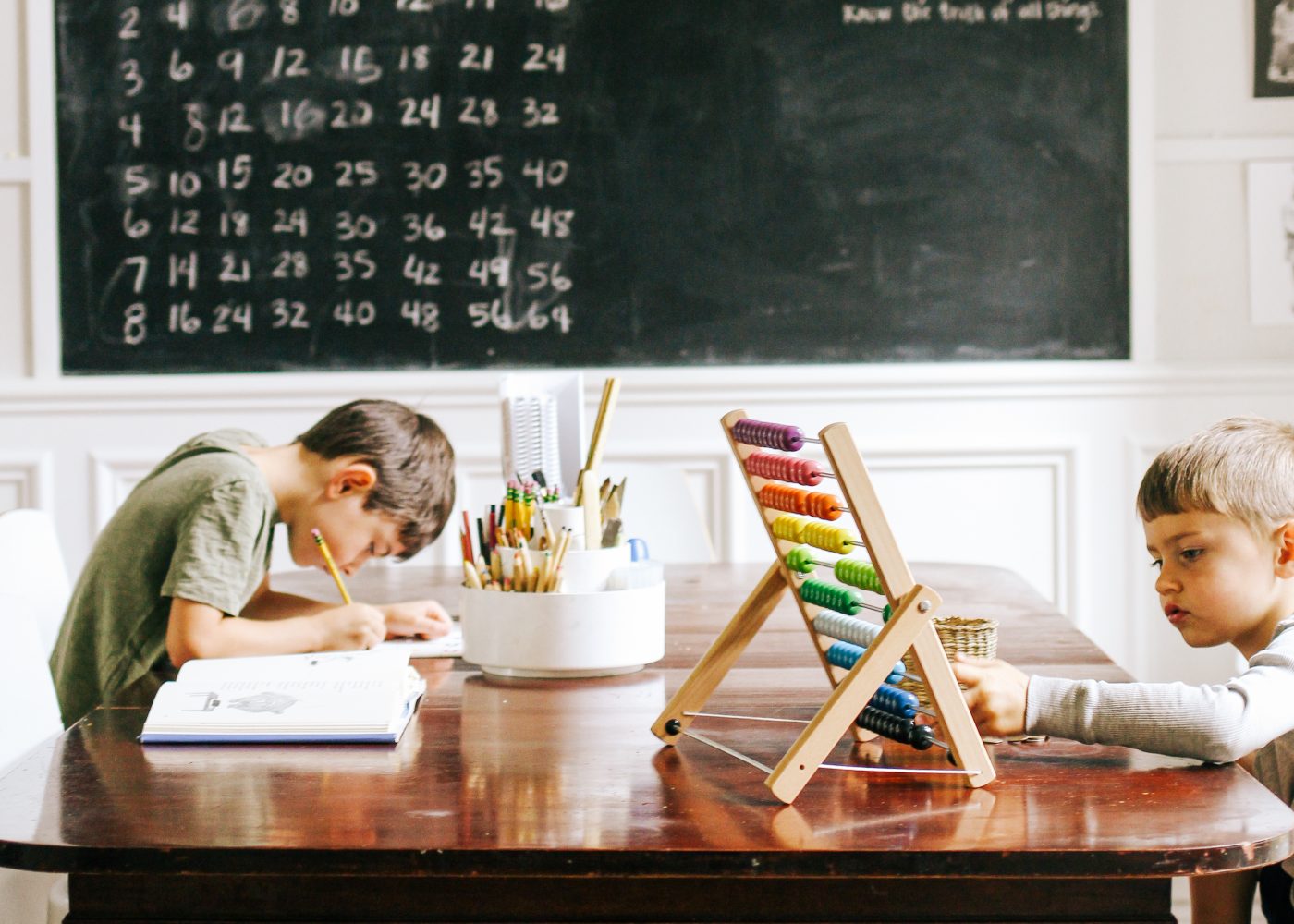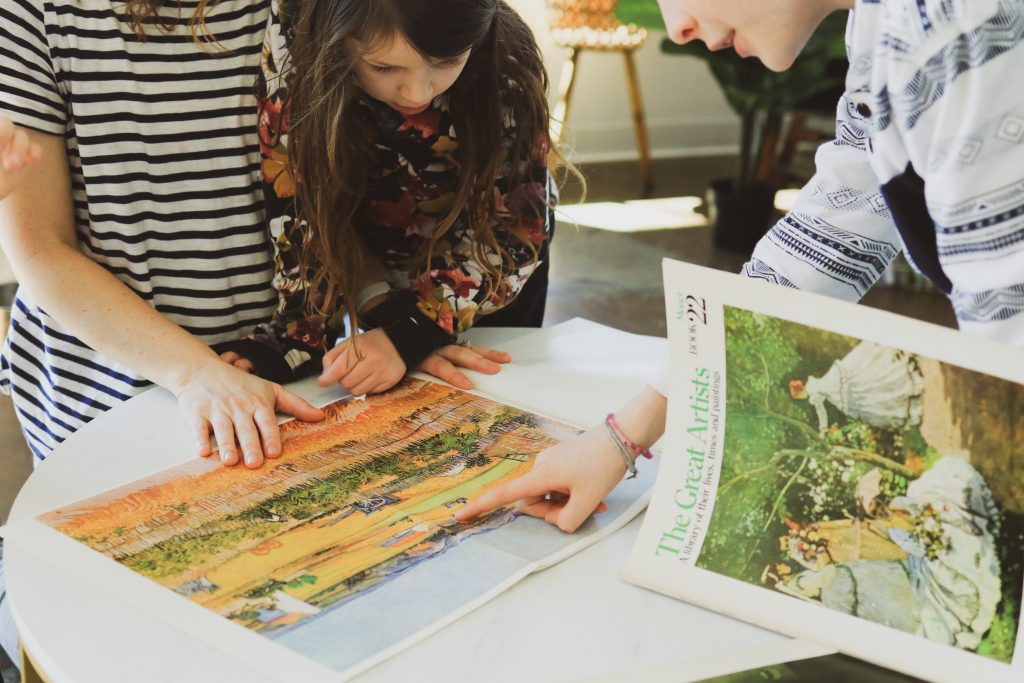You have no items in your cart. Want to get some nice things?
Go shopping
You’ve heard all the wonderful things about a Charlotte Mason education, but have no idea where to start. Her six volumes on education are intimidating, and yo You’ll learn the very basics of Charlotte Mason’s methods and how to get started today, adapting the curriculum you already have.
Obviously, Charlotte Mason’s philosophy and methods are complex and require a paradigm shift and a lot of study, but for the mom new to these methods this blog post will be helpful in getting you started on your journey.
I recommend reading her Twenty Principles to become familiar with her philosophy. You can also begin listening to the Simple Wonders podcast to learn about each principle in-depth.
Now, for her methods:

First, trade in your textbooks and curriculums for living books. Textbooks are usually written by multiple authors who don’t have first-hand experience in what they’re writing about. They have distracting side bars and disjointed facts. On the other hand, living books are written by one author who has lived what they are writing about, or are very passionate about the subject and is a good writer. The book is usually written in a narrative form, making it feel like a conversation between the author and the reader.

Second, trade in worksheets and busy work for narration and journaling. What is busywork? Pretty much anything that asks you to fill in the blank, choose the best answer, label the parts, draw a line to, etc. Instead, ask your child what they learned from the reading. This is called “narration” and its proven by research to be one of the best ways to understand and retain knowledge. I sometimes use words like describe, explain, justify, tell me about, to help prompt the child’s narration.
Blank notebooks is superior to worksheets because children are required to use their memory to record knowledge they found important or interesting. They must decide which information is relevant, which is not, and how they want to go about organizing it in a way that makes sense. Blank pages require children to act, versus be acted upon. A few different notebooks that Mason required her students to keep were copywork, nature, a book of centuries (history timeline), and science. But children can keep a notebook about any subject they are interested in.

Third, shorten your lessons to 5-10 minutes each and work up as your child’s attention span is strengthened. You may even need to start shorter at the beginning. The habit of attention is paramount in a Charlotte Mason education, and this comes from starting small and simple with short lessons so your child is able to focus the entire lesson. Research shows that adults are only able to fully focus on a lecture or lesson for 15-18 minutes, and for children it will be even less. Long lessons actually encourage the habit of inattention because the child’s brain becomes exhausted and daydreams. The moment you see your child begin to daydream or fiddle, it’s time to move on to a different subject. And that brings me to the next step:

Fourth, provide a feast of subjects! Charlotte Mason believed that children, being born persons, come with unique combinations of abilities and affinities, so it’s important to provide a feast of subjects. Unfortunately, schools and homeschools seems to center around math and language arts, which only a portion of the population excels at. In most elementary schools subjects like history, science, and the arts are given less time and eventually squeezed out of the schedule to make room for more test prep for the basics. Studying nature study isn’t just for the sake of nature or to prepare environmentalists; Charlotte said that “education is the science of relations.” Meaning that all subjects are connected in some way, and learning one subject will deepen understanding in other subjects. For example, studies show that children who learn how to read music are, on average, better at math. Children that learn more than one languages do better academically than kids that only know one. Developing a relationship with one subject deepens understanding, strengthens faculties, and gives new meaning to other subjects.

Fifth, study nature. Not just to provide kids with knowledge about nature, but nature study also develops skills of observation, attention, and curiosity. It provides stimulation for ALL the senses, and if there was one thing that stuck with me long after my child development classes it was that the brain is literally built on sensory input. Children with sensory deprivation have parts of the brain that are physically smaller than those of children with lots of sensory experiences. Another reason to study nature is that it sets a foundation for all other sciences, like biology, engineering, chemistry, and physics.
